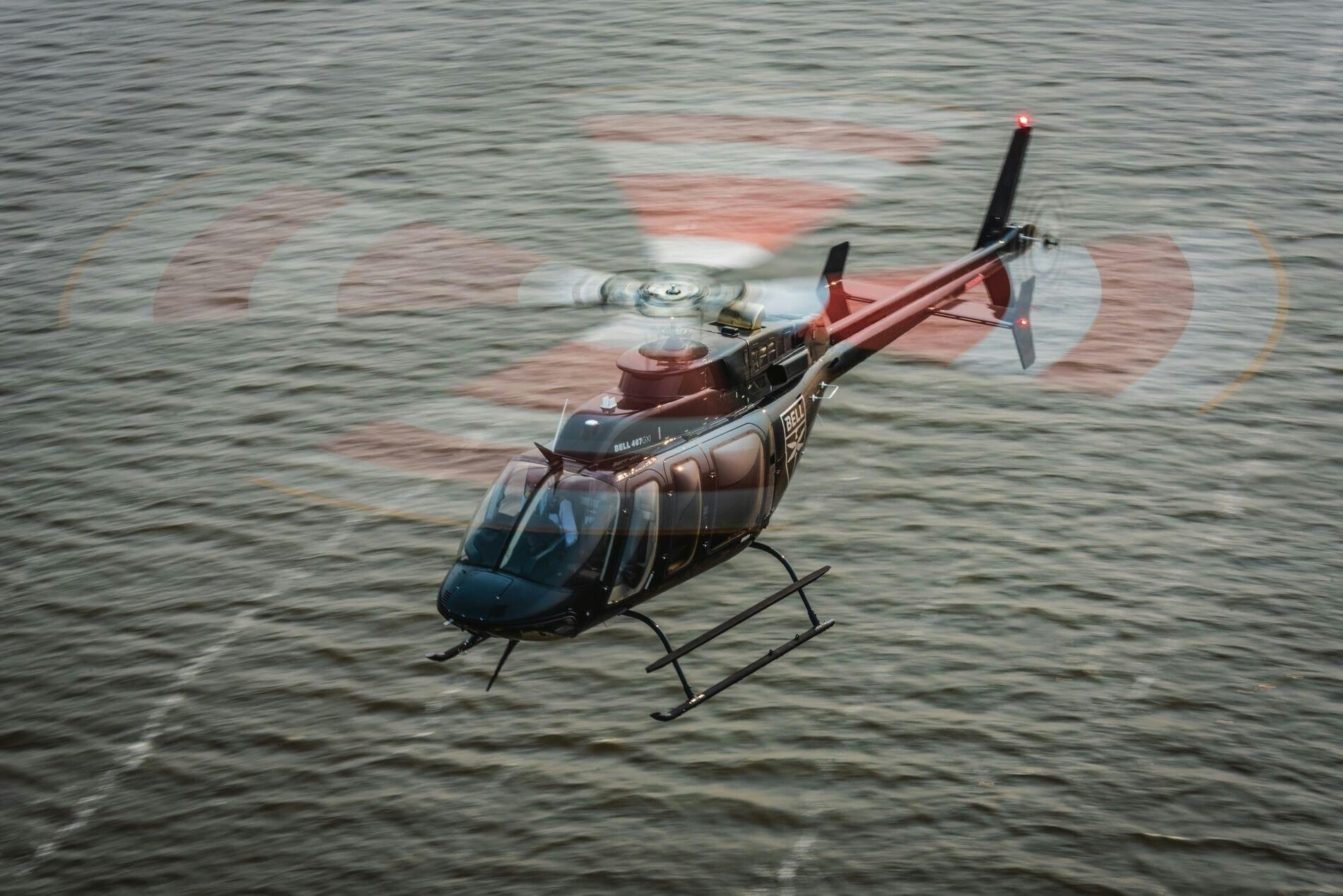
AeroGenie – Ihr intelligenter Copilot.
Trends
Categories
Widebody Aircraft Demand Rises in Asia Pacific Amid Slowdown in Europe and North America
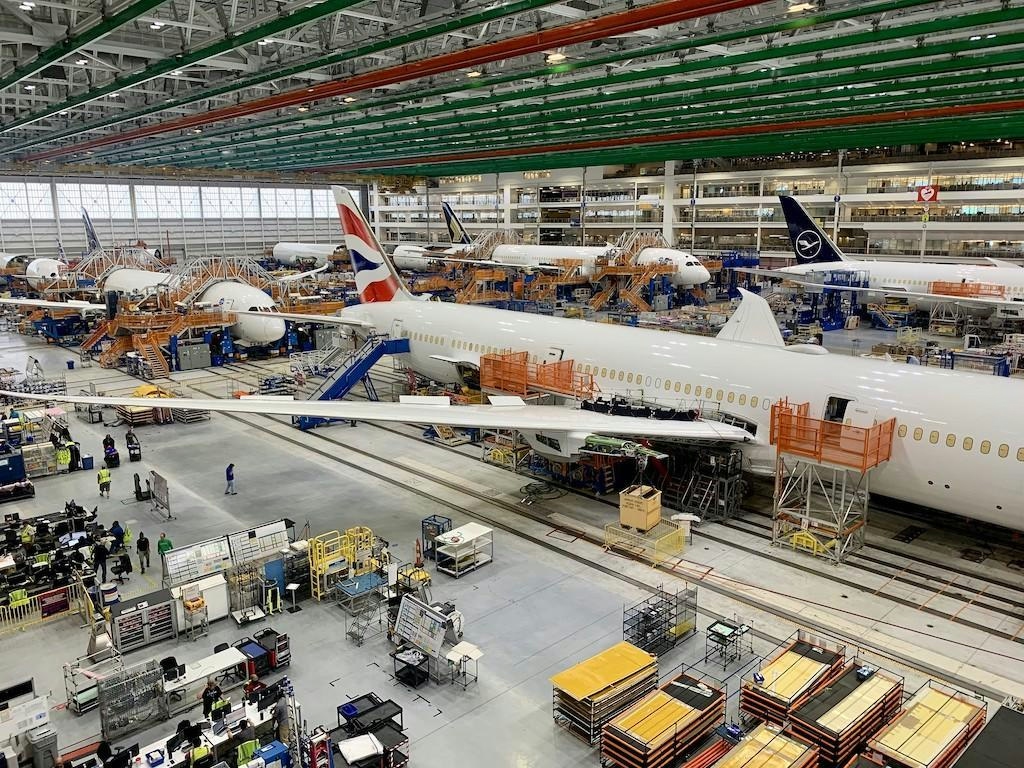
Widebody Aircraft Demand Rises in Asia Pacific Amid Slowdown in Europe and North America
The Asia Pacific region is experiencing a significant increase in demand for widebody aircraft among low-cost carriers (LCCs), contrasting with the slower growth observed in Europe and North America. While Western LCCs encounter difficulties in expanding their widebody fleets, carriers in Asia Pacific are accelerating investments, driven by strong international travel demand and evolving trade dynamics.
Expansion of Widebody Fleets in Asia Pacific
Japan Airlines (JAL) is capitalizing on this trend through its LCC subsidiary Zipair, which targets robust inbound traffic, particularly from North America. Since its inception in 2020, Zipair has expanded its fleet to eight Boeing 787-8 aircraft, with two additional planes expected by 2026. In a strategic development, JAL plans to transfer 10 Boeing 787-9s from its mainline operations to Zipair starting in 2027 and continuing into the early 2030s. These aircraft will be reconfigured to align with Zipair’s operational model, although detailed cabin configurations have not yet been revealed.
Zipair’s strategy is evident in its route network, with 44% of seat capacity allocated to transpacific flights connecting six cities in the United States and Canada, including Houston, Los Angeles, San Francisco, San Jose, Vancouver, and Honolulu. The United States represents Zipair’s largest market by a considerable margin. The airline’s capacity has grown substantially, with weekly seat availability for July 2025 increasing by 14% year-on-year, surpassing the growth rate of JAL’s full-service operations.
Similarly, All Nippon Airways (ANA) has embraced the widebody LCC model through its AirJapan brand, launched in early 2024. AirJapan currently operates two Boeing 787-8 aircraft on medium- and short-haul routes within Asia, serving destinations such as Singapore, Bangkok, and Seoul from Tokyo Narita.
Established Carriers and Regional Market Dynamics
Malaysia’s AirAsia X, a pioneer in widebody LCC operations, maintains a fleet of 18 Airbus A330 aircraft, while its affiliate Thai AirAsia X operates 10 A330s. Other significant players in the region include Scoot and Cebu Pacific, both of which sustain substantial widebody operations, positioning them among the largest LCC operators in Asia Pacific.
Beyond the region, Middle Eastern LCCs Flynas and Flydubai have placed orders for 45 widebody aircraft, indicating sustained interest in this market segment. Conversely, Europe’s LCC widebody sector has contracted, although IAG’s LEVEL may soon initiate new aircraft orders. In North America, WestJet remains the principal widebody LCC operator, maintaining a stable fleet of Boeing 787s.
Supply Chain Challenges and Industry Implications
Despite the robust demand, Asia Pacific carriers confront significant supply chain challenges. The Association of Asia Pacific Airlines has highlighted ongoing complexities exacerbated by geopolitical tensions and tariff pressures. Senior aerospace executives stress the importance of diversifying supply chains as production delays at Boeing and Airbus continue to disrupt delivery schedules. While GE Aerospace has raised its profit forecast due to increased aftermarket service demand, airlines are adapting acquisition strategies and sourcing components from less affected regions to mitigate risks.
Additionally, shifting trade patterns are driving cargo growth in Southeast Asia, supported by expanding economies and rising consumer demand. This development further emphasizes the region’s growing significance in global aviation, even as operators navigate an increasingly complex and volatile market environment.

Europe Advances Aviation Sustainability Through SAF Mandates and Innovation

Lufthansa's Fleet Plans for 2025

Fifteenth National Games Model Aviation Finals in Longhua Showcase Drone Sports and Innovation
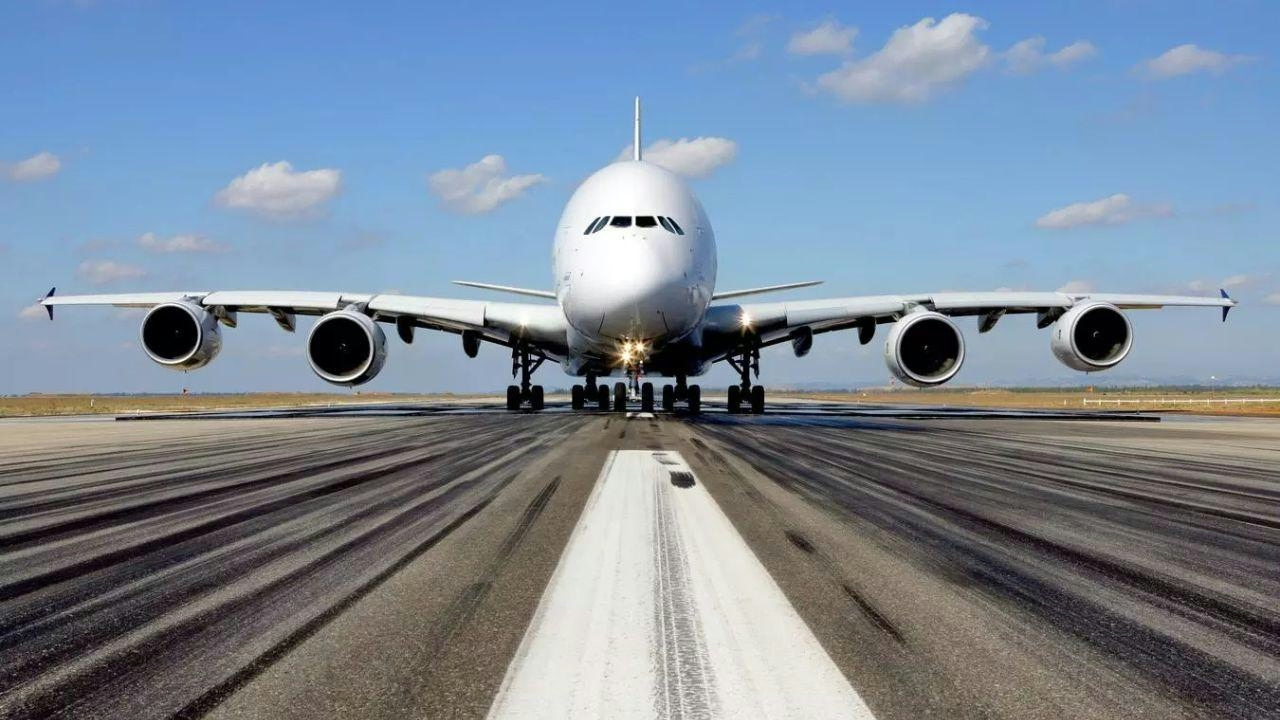
Brazilian Woman Becomes First Female Captain of Airbus A380
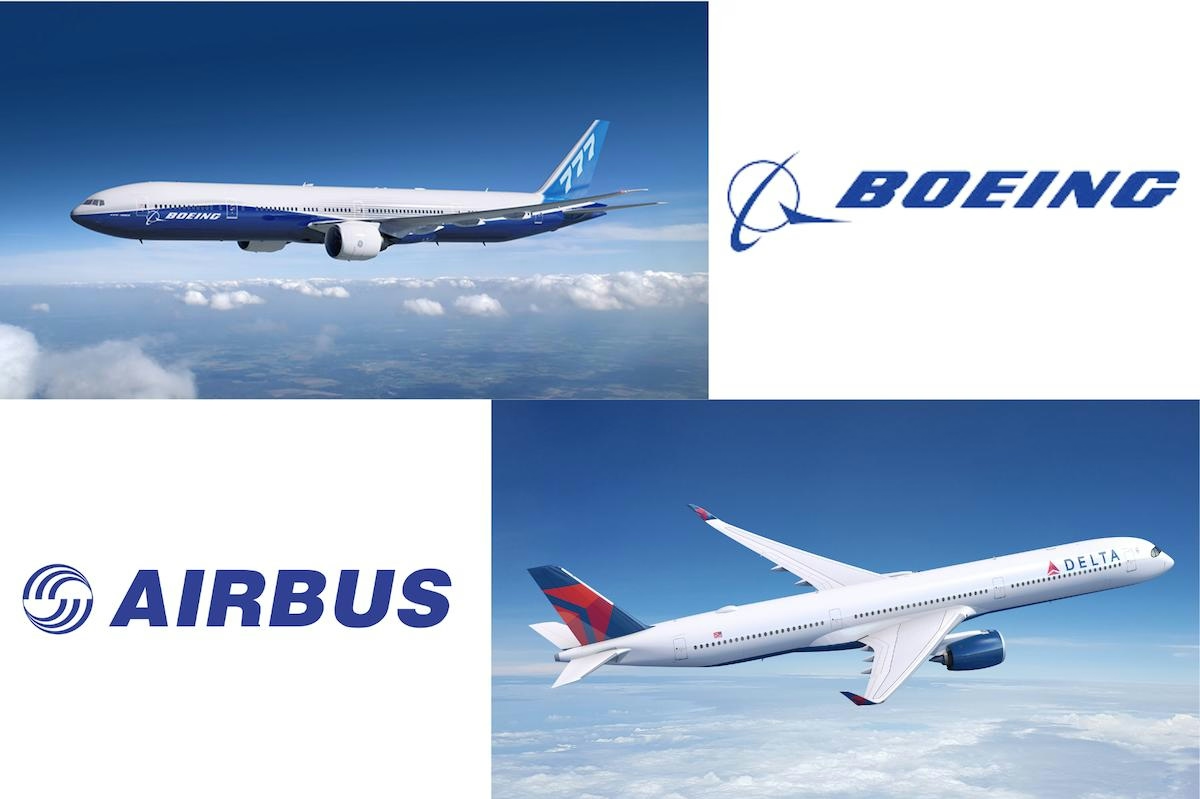
Airbus and Boeing: Comparing Their Global Reach

Vietjet Orders 100 Airbus A321neo Jets, Strengthening UK-Vietnam Strategic Partnership
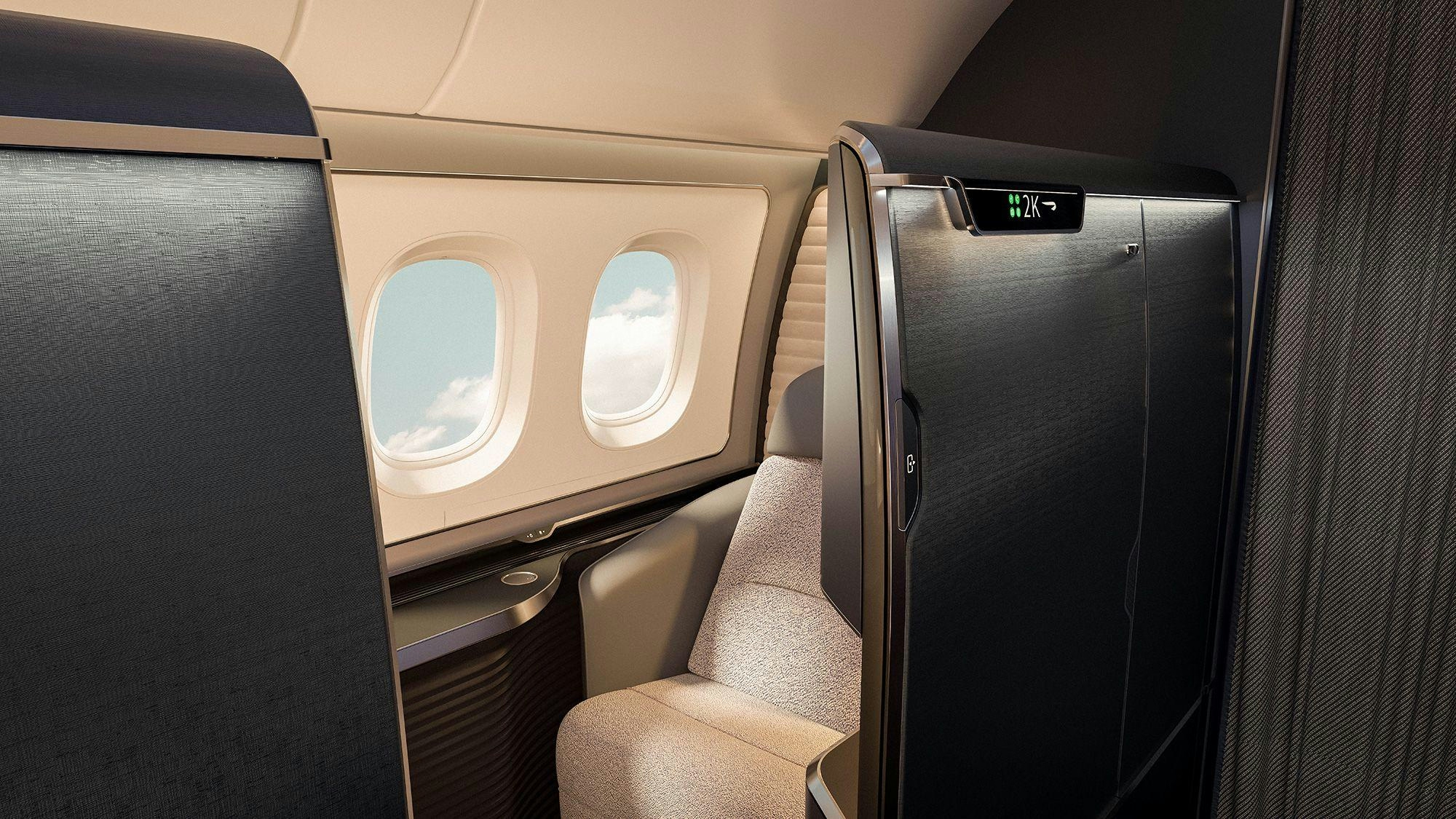
The Aircraft Set to Replace the Iconic Superjumbo

Delta Air Lines Introduces AI-Powered Concierge Service

Shanghai to Host 2025 North Bund International Aviation Forum
